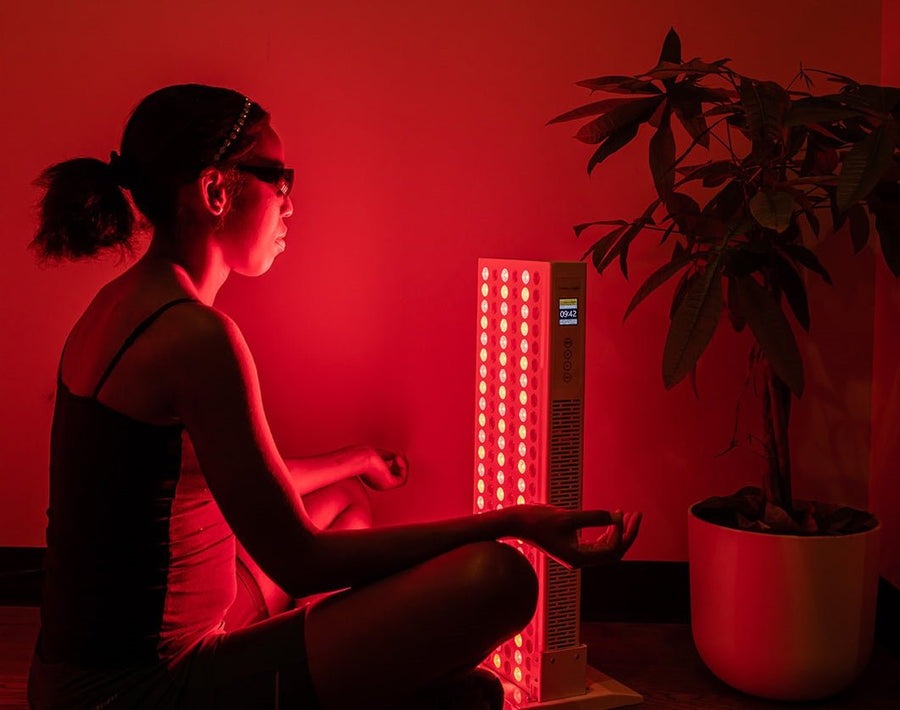Home Office Design: Creating a Productive and Stylish Workspace
The rise of remote work has made the home office a central feature of modern living.
Evie Parker
July 02 , 2025 — 4 minutes read
The rise of remote work has made the home office a central feature of modern living. A well-designed workspace not only boosts productivity but also fosters creativity, reduces stress, and reflects your unique personal style. Whether you work from a dedicated room or a small corner in your living area, crafting an environment that is both functional and visually appealing is key to your success and well-being.
Key Elements of a Productive Home Office
1. Ergonomics
- Comfort is Crucial: Invest in an adjustable, high-quality chair and a desk that suits your work needs. Ergonomic furniture supports proper posture, reduces the risk of back pain, and increases your overall comfort during long working hours.
- Workspace Setup: Ensure that your monitor is at eye level, your keyboard and mouse are positioned to prevent strain, and you have enough space to move freely.
2. Natural Light
- Boost Your Mood: Position your workspace near windows to maximize natural light. Exposure to sunlight can enhance focus, reduce eye strain, and even elevate your mood.
- Balanced Lighting: Complement natural light with adjustable task lighting. Consider using LED desk lamps with brightness settings to tailor the light to your specific tasks.
3. Storage Solutions
- Declutter for Clarity: Effective storage is essential for maintaining an organized workspace. Use shelves, cabinets, and desk organizers to keep documents, supplies, and personal items neatly arranged.
- Multi-Functional Furniture: Look for furniture that offers hidden storage solutions—such as desks with built-in drawers or filing cabinets that double as side tables—to maximize space and reduce clutter.
4. Personal Touches
- Reflect Your Style: Decorate your office with art, plants, or inspirational quotes that motivate you. Personal touches not only make the space more inviting but also help you feel more connected to your work environment.
- Customized Decor: Consider creating a gallery wall of your favorite photos or artworks. Incorporate colors and textures that resonate with your personality and create a sense of comfort.
Design Tips for Style and Functionality
1. Color Schemes
- Calming and Focused: Choose calming colors like blues, greens, or neutral tones. These hues are known to promote concentration and create a serene backdrop that helps reduce stress.
- Accent Colors: Use brighter accent colors sparingly to add visual interest without overwhelming the space.
2. Flexible Layouts
- Adaptability: Arrange furniture to maximize your available space. If your home office is small, opt for flexible layouts that can be easily reconfigured as needed.
- Multi-Functional Pieces: Consider furniture that serves dual purposes—such as a desk that also provides storage or a bookshelf that doubles as a room divider—to make the most of limited space.
3. Tech Integration
- Modern Efficiency: Equip your office with the latest technology, including wireless chargers, cable management solutions, and high-speed internet. A clutter-free tech setup ensures a smooth workflow.
- Smart Organization: Use smart power strips, monitor stands, and desk organizers to keep cables and devices neatly arranged. Consider incorporating a docking station for your laptop to streamline your workstation.
4. Acoustic Considerations
- Noise Control: A quiet environment is essential for concentration. Use rugs, curtains, and soft furnishings to absorb ambient noise.
- Sound Enhancement: Consider adding a white noise machine or soft background music to help mask disruptive sounds, creating a focused and calm atmosphere.
Real-Life Inspirations
Imagine a home office that feels both modern and inviting:
- The Urban Minimalist: A sleek, white workspace accented with green plants and subtle blue tones. Ergonomic furniture, a clutter-free desk, and smart cable management create a professional and stress-free environment.
- The Creative Studio: A vibrant space featuring an accent wall of inspiring artwork, a mix of natural light and adjustable LED lighting, and a combination of vintage and modern furniture. Personal touches like a custom-made desk and curated decor pieces foster creativity and individuality.
These examples illustrate that a well-designed home office is not just about functionality—it’s about creating a space that inspires and supports you throughout the workday.
A well-designed home office is crucial for productivity and overall well-being. By balancing functionality with aesthetics, you can create a workspace that not only meets your practical needs but also nurtures your creativity and reduces stress. Whether you’re revamping an existing space or setting up a new one, focusing on ergonomics, natural light, storage solutions, and personal touches will ensure your home office becomes a true extension of your personality and professional life.






